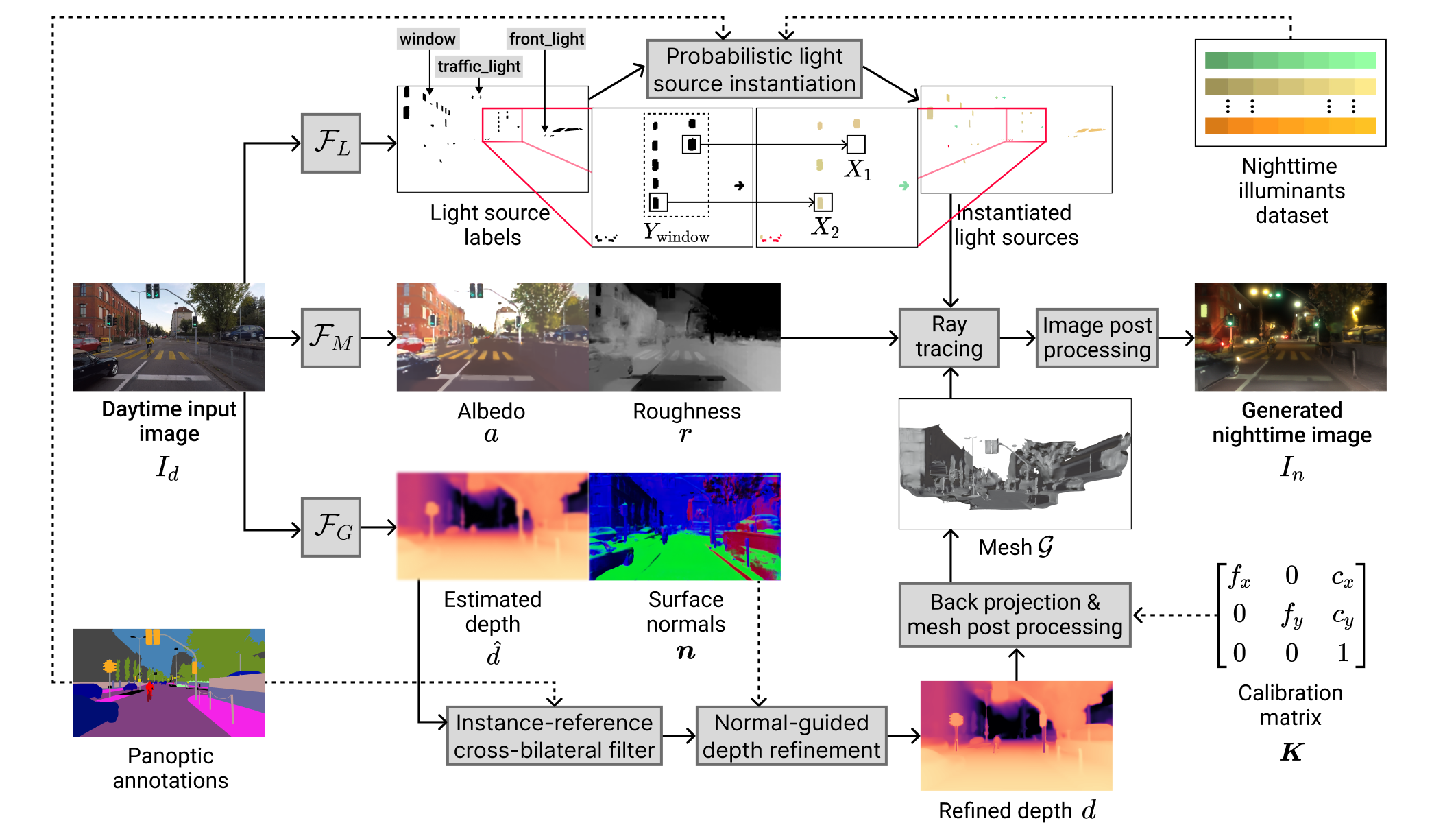
Our method accepts as input a single daytime image. Inverse rendering is used to infer scene parameters (materials, geometry and lights) and forward rendering is applied to arrive at a photorealistic nighttime image.
We present SOLO (Sun Off, Lights On), a monocular day-to-night translation method that can be used to translate a daytime semantic segmentation dataset into a nighttime one by converting each daytime image to its nighttime counterpart while preserving the original semantic segmentation annotations. To the best of our knowledge, SOLO is the first monocular physically based approach in 3D for simulating nighttime.
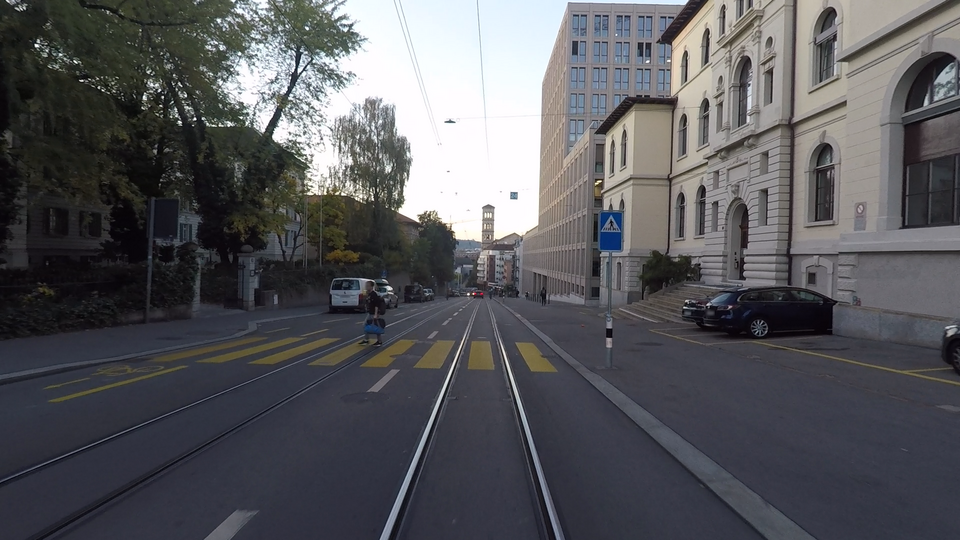

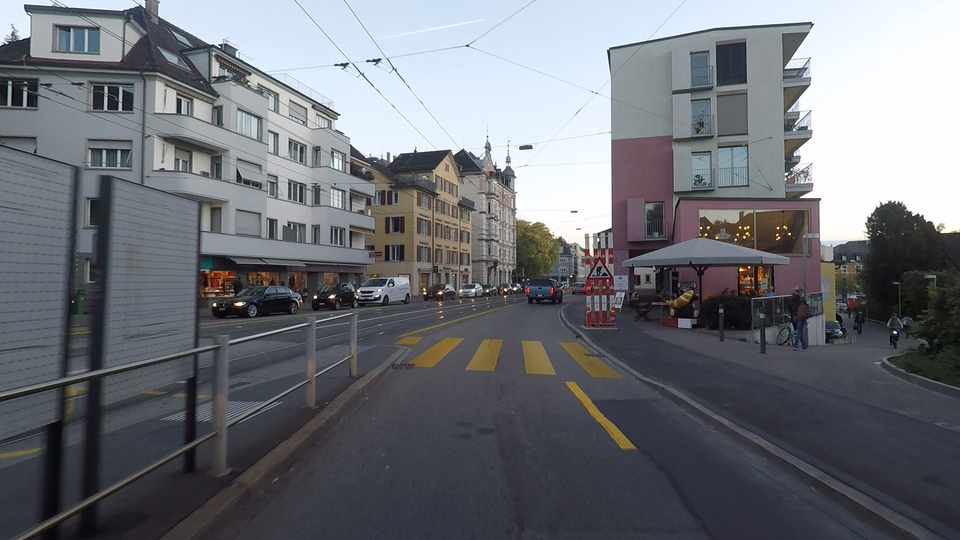

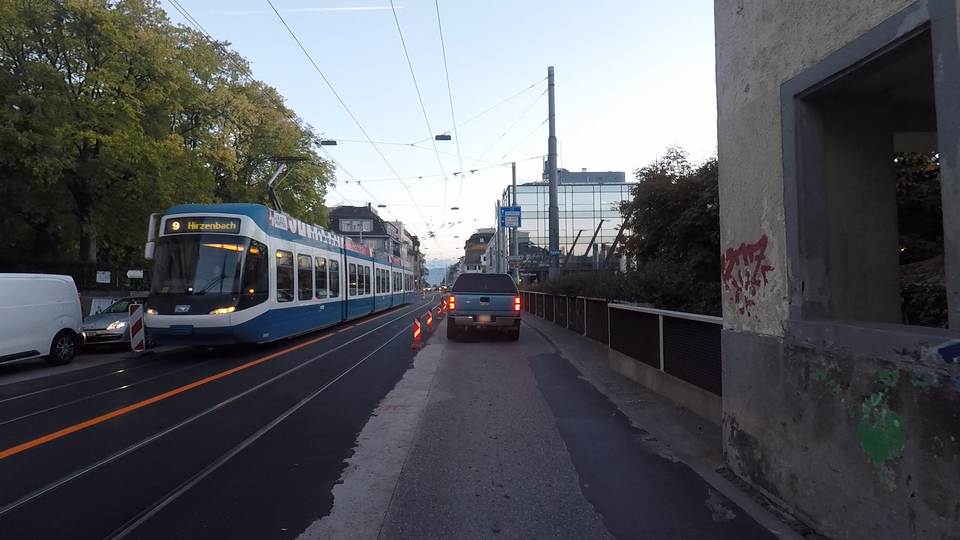

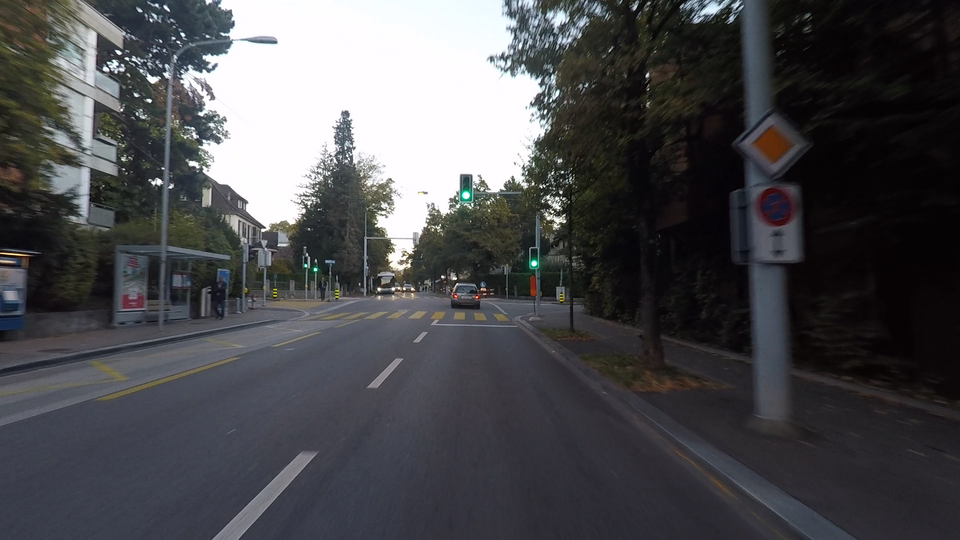

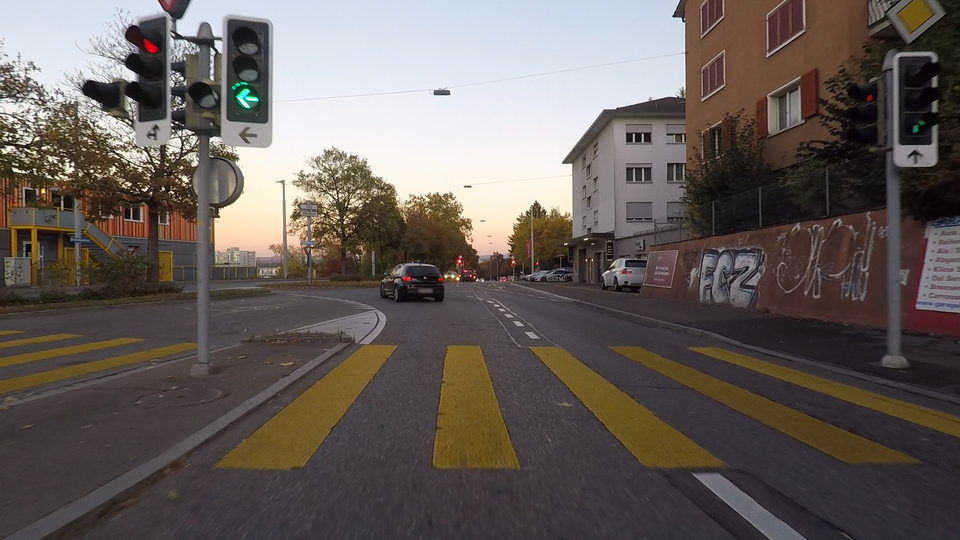

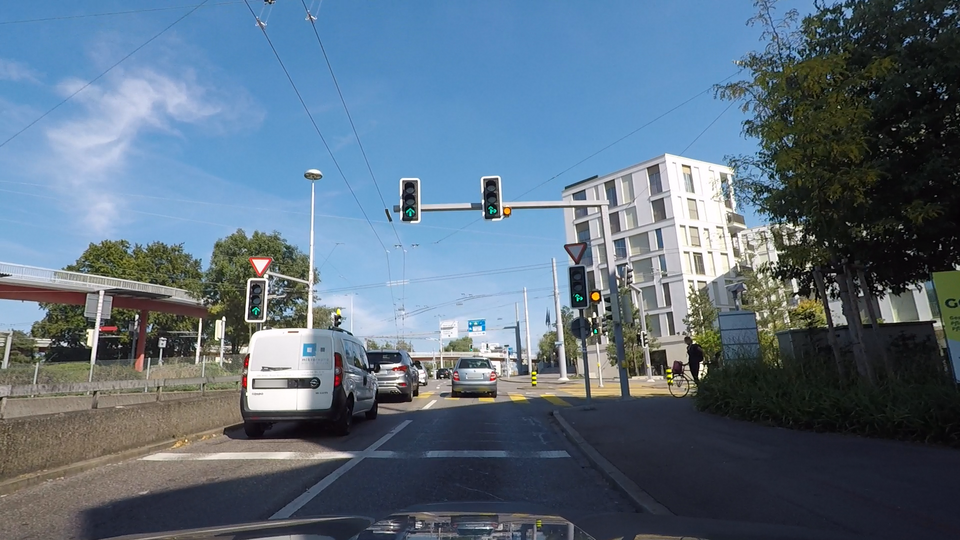

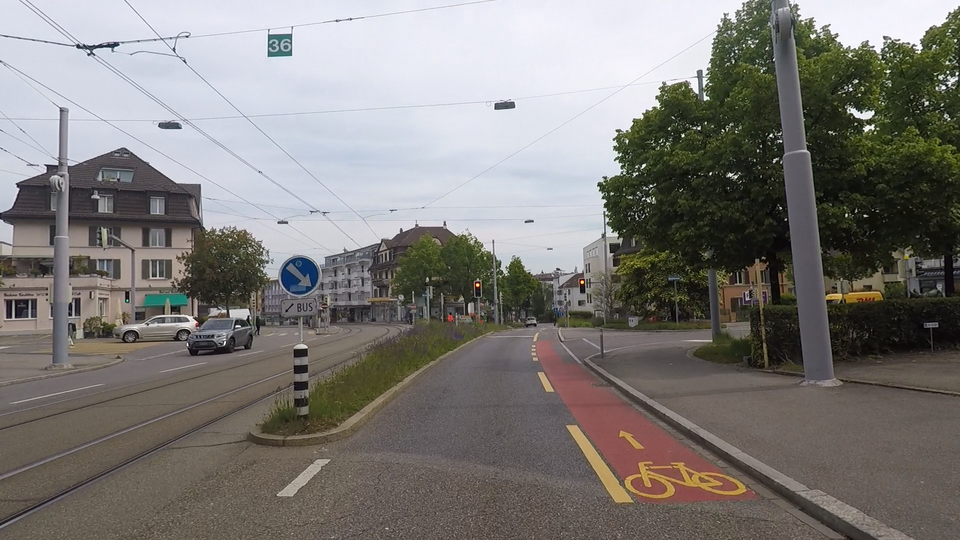

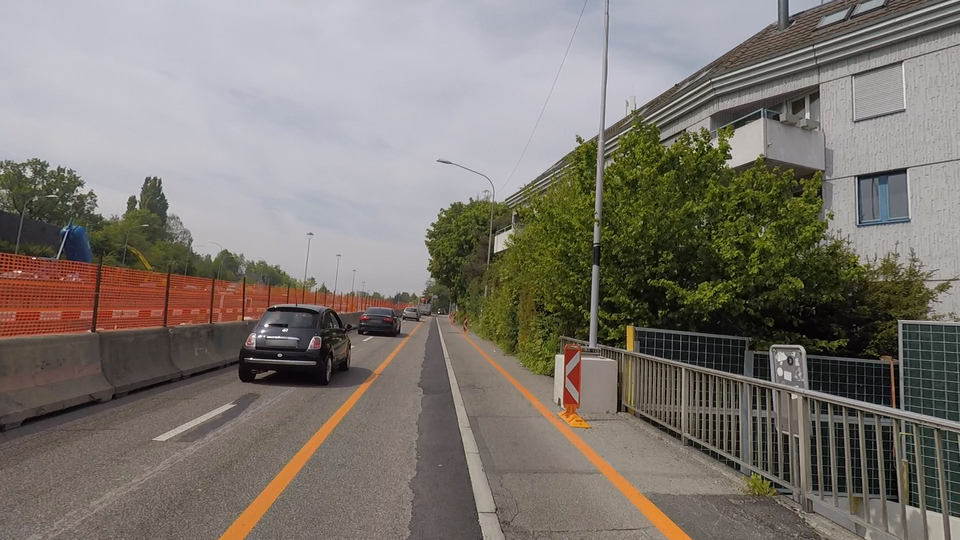

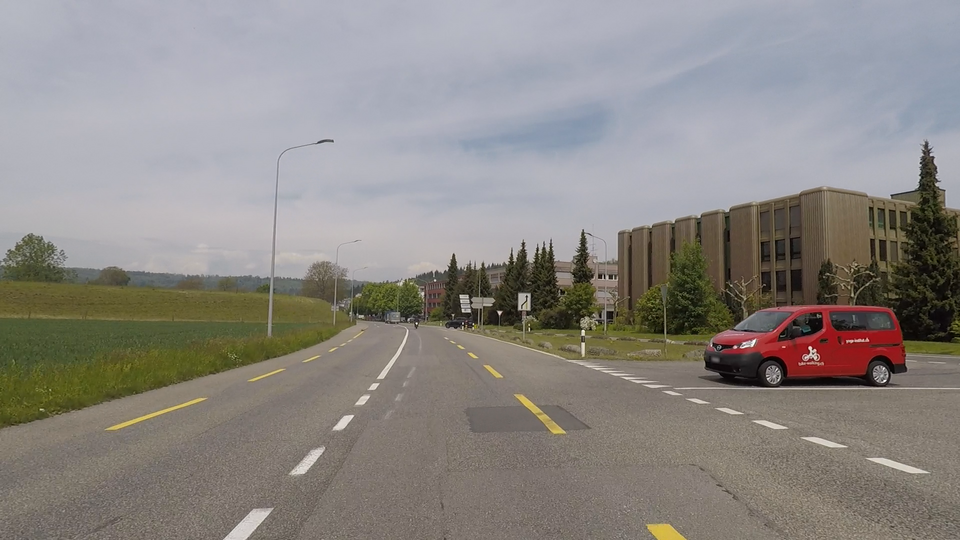


Our method accepts as input a single daytime image. Inverse rendering is used to infer scene parameters (materials, geometry and lights) and forward rendering is applied to arrive at a photorealistic nighttime image.
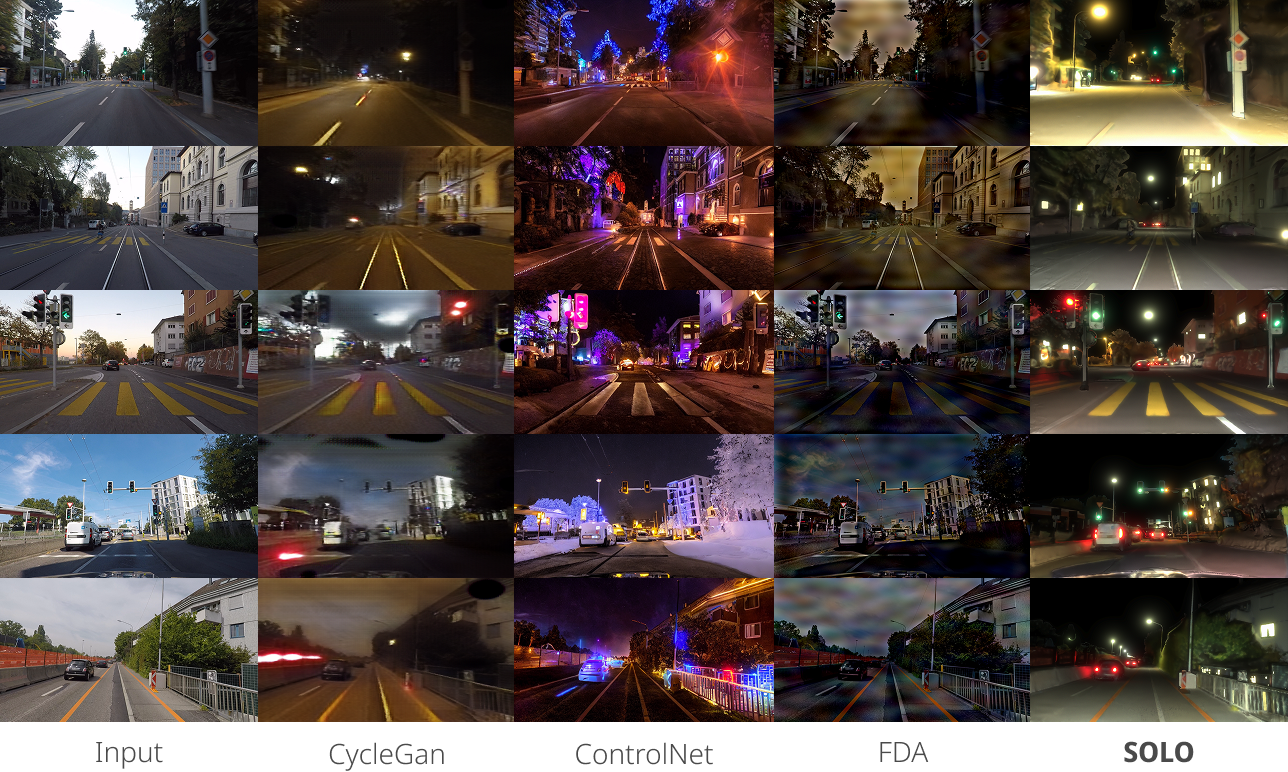
Qualitative comparison of day-to-night translation methods. From left to right: daytime input images, and synthesized night- time results of CycleGAN, ControlNet, FDA, and SOLO (ours).

Comparison of day-to-night translation methods (ACDC-Reference→ACDC-night) using the HRDA Unsupervised Domain Adaptation (UDA) framework for the semantic segmentation evaluation and the Kernel Inception Distance (KID) for realism evaluation.


















ACDC Light Sources is a set contributed by this work, containing panoptic annotations of active and inactive light sources for ACDC-Reference. An initial set of 350 images was annotated manually and a light source segmentation model was then utilized for the rest 653 of the images
@inproceedings{tzevelekakis2025solo,
author = {Tzevelekakis, Konstantinos and Zhang, Shutong and Van Gool, Luc and Sakaridis, Christos},
title = {{Sun Off, Lights On}: Photorealistic Monocular Nighttime Simulation for Robust Semantic Perception},
booktitle = {Proceedings of the IEEE/CVF Winter Conference on Applications of Computer Vision (WACV)},
year = {2025}}